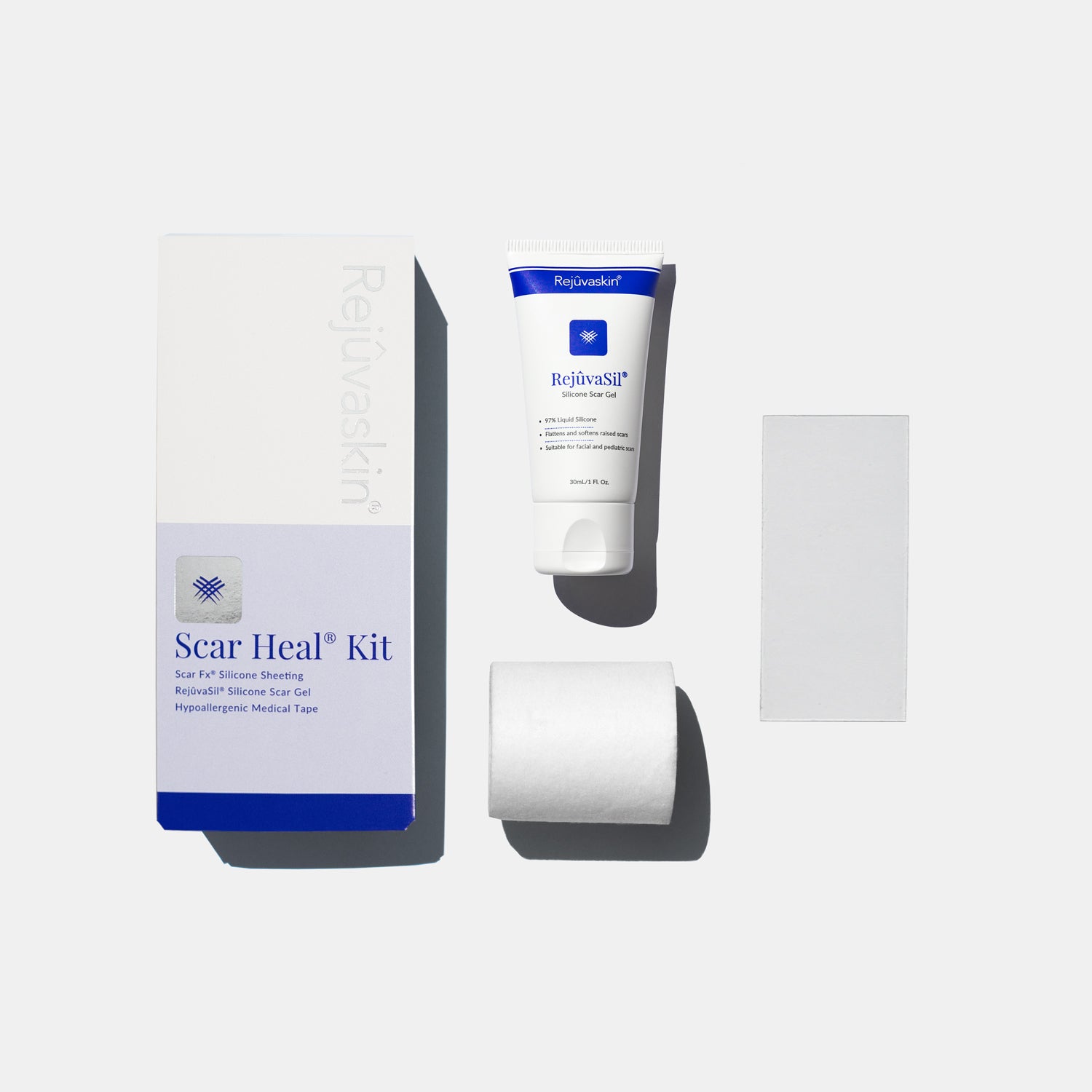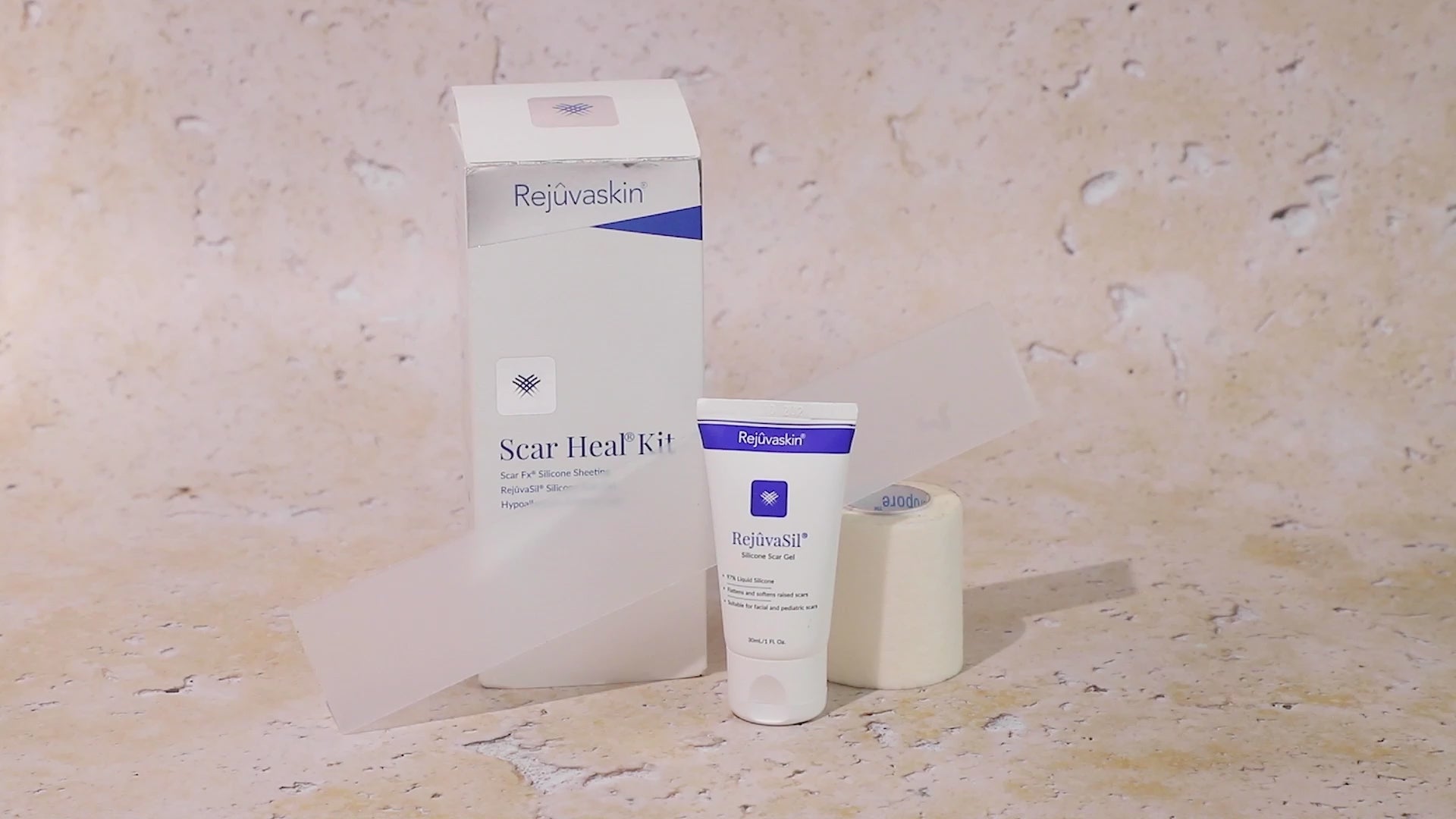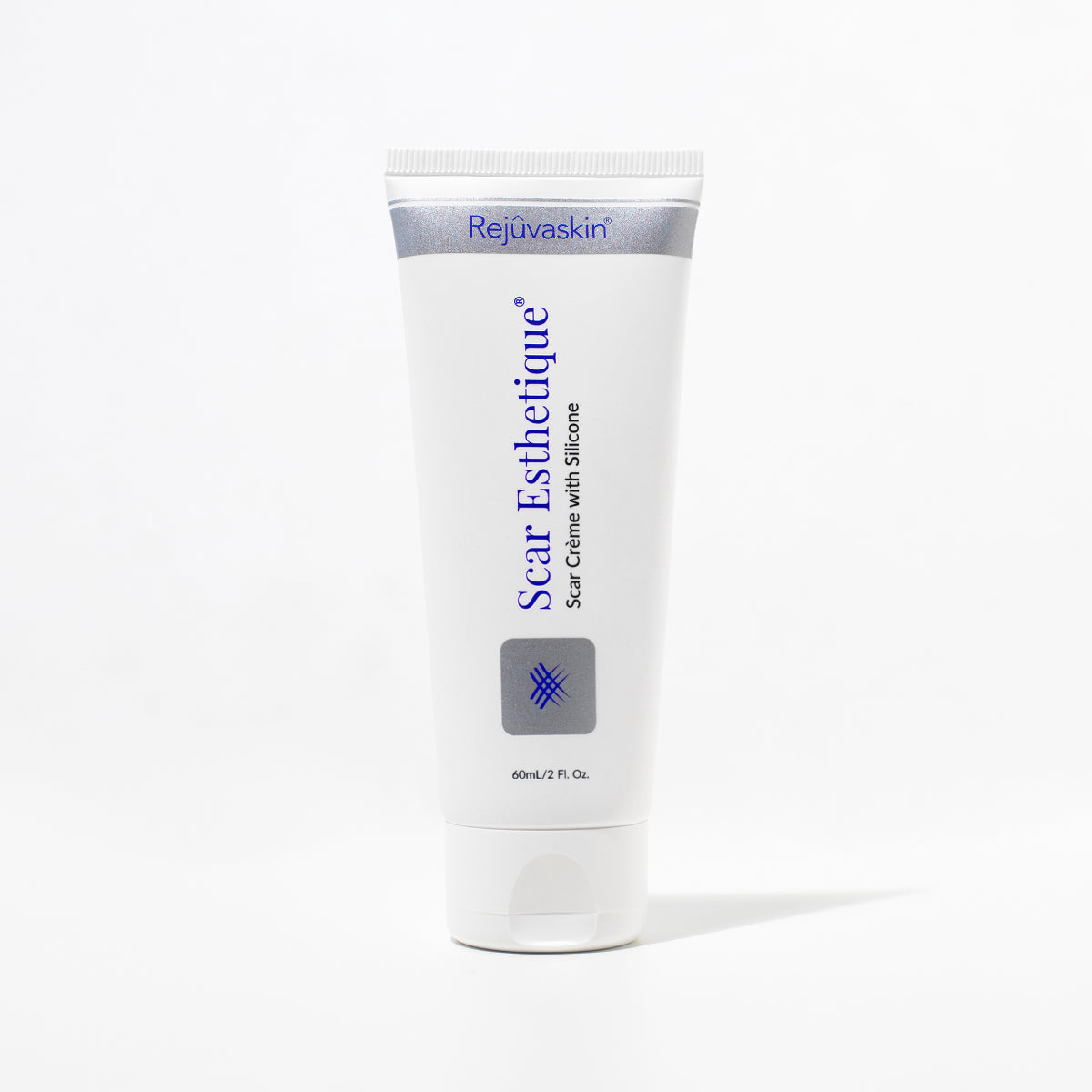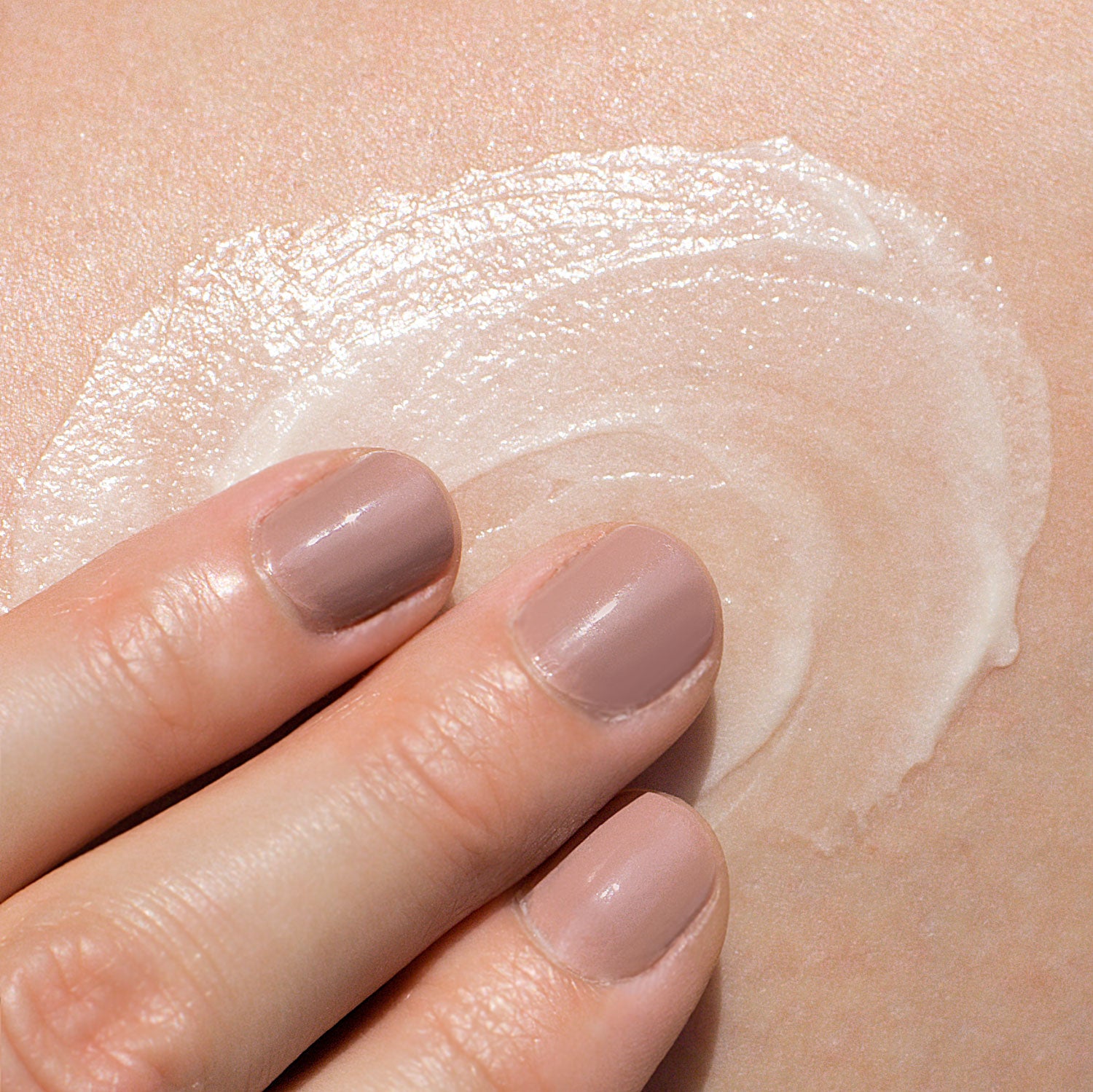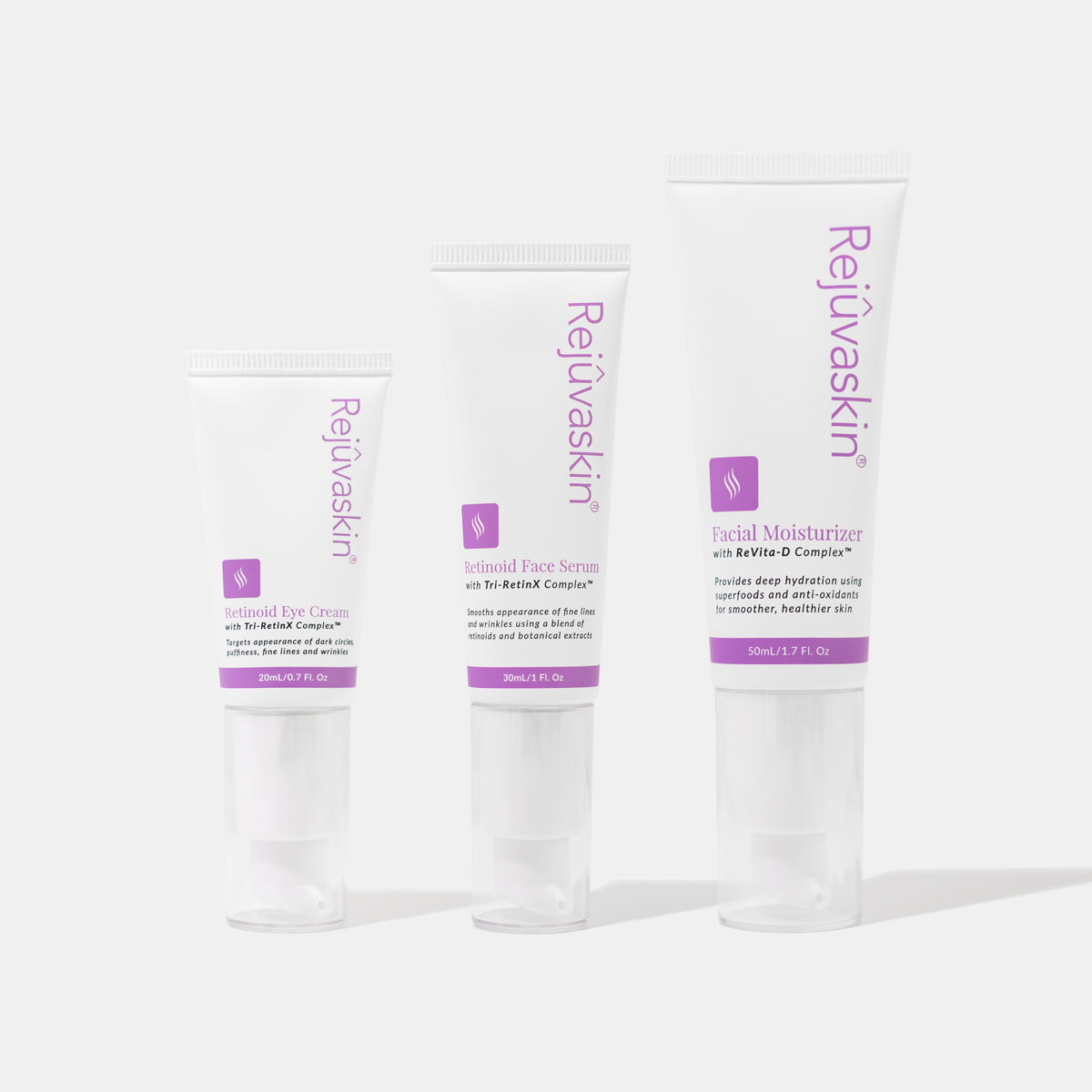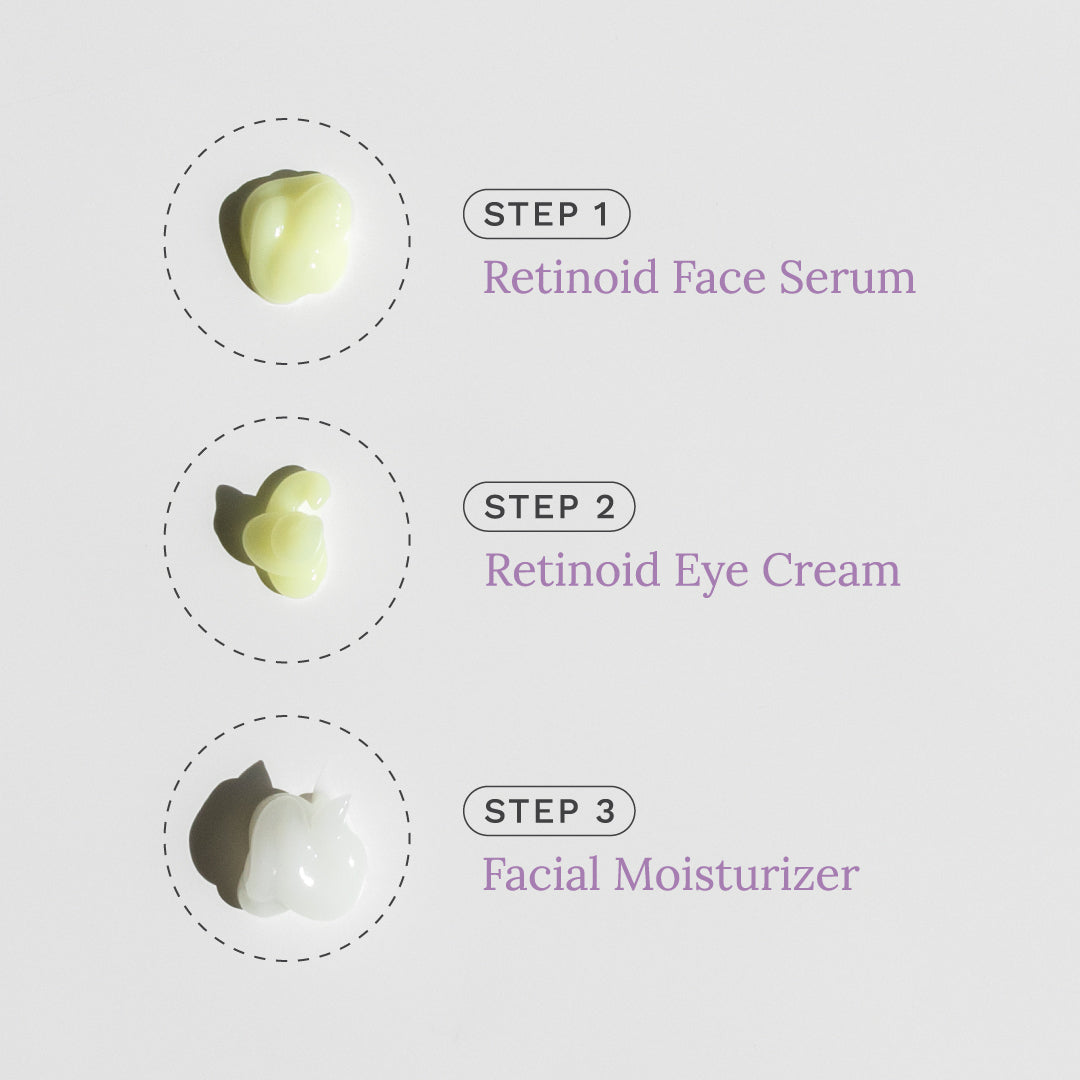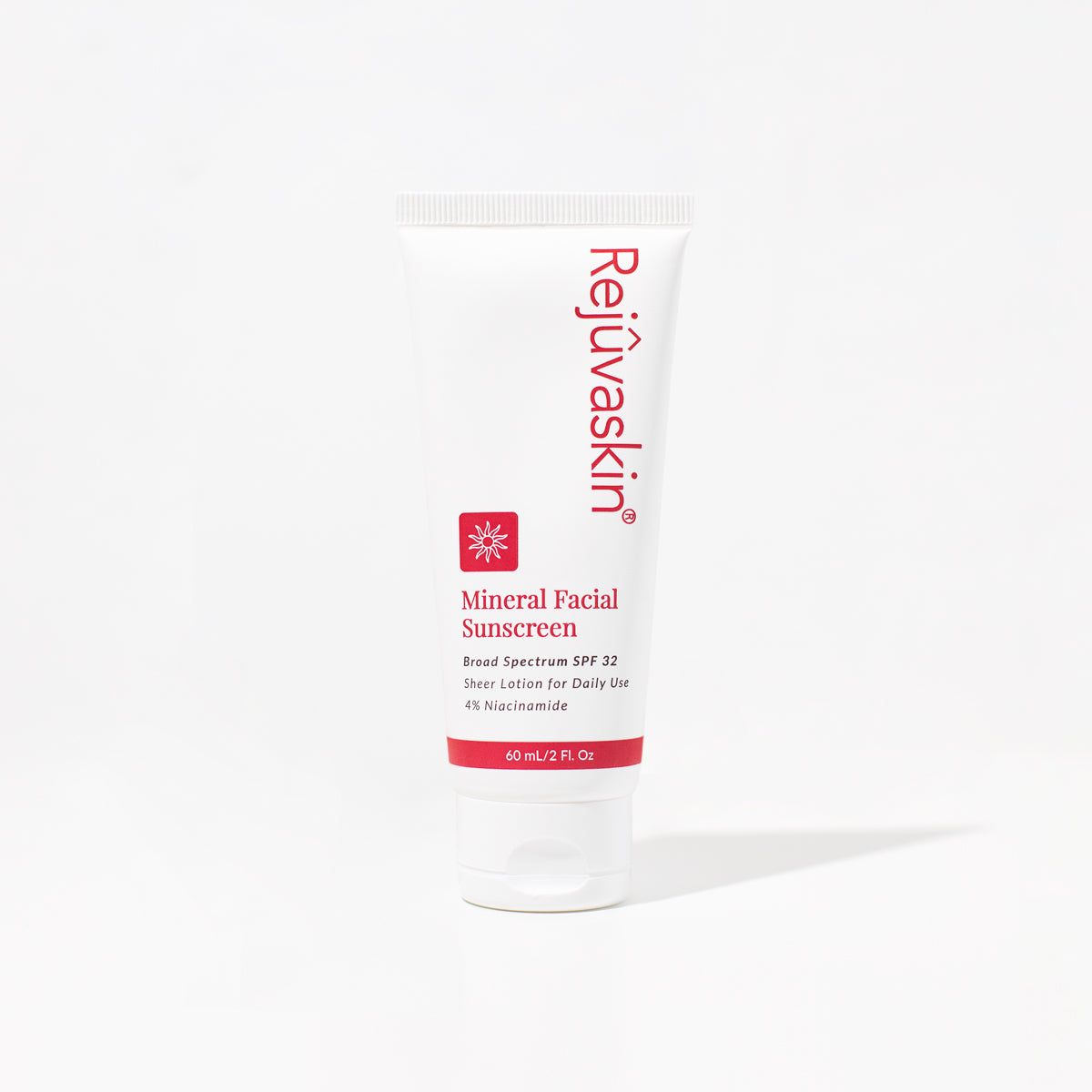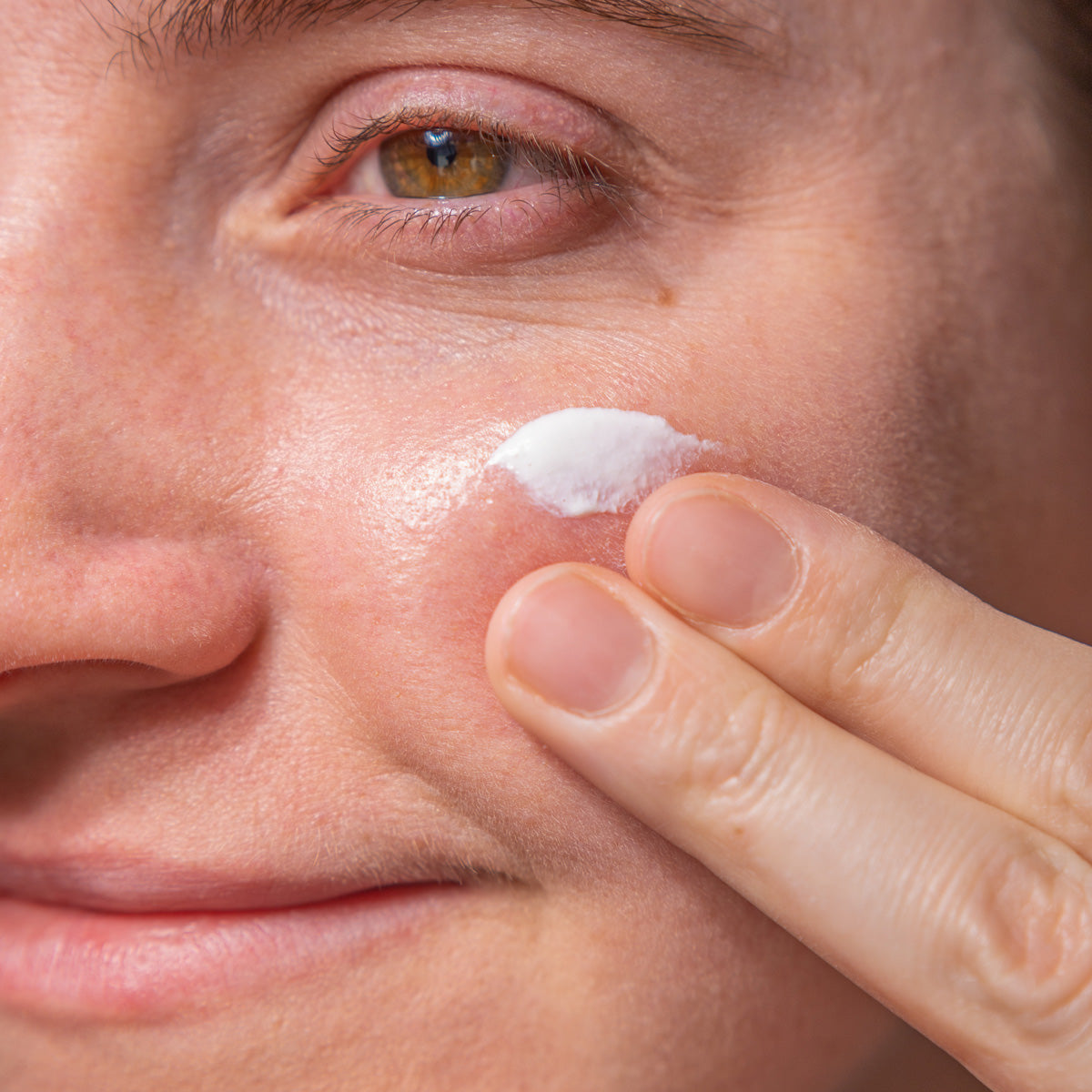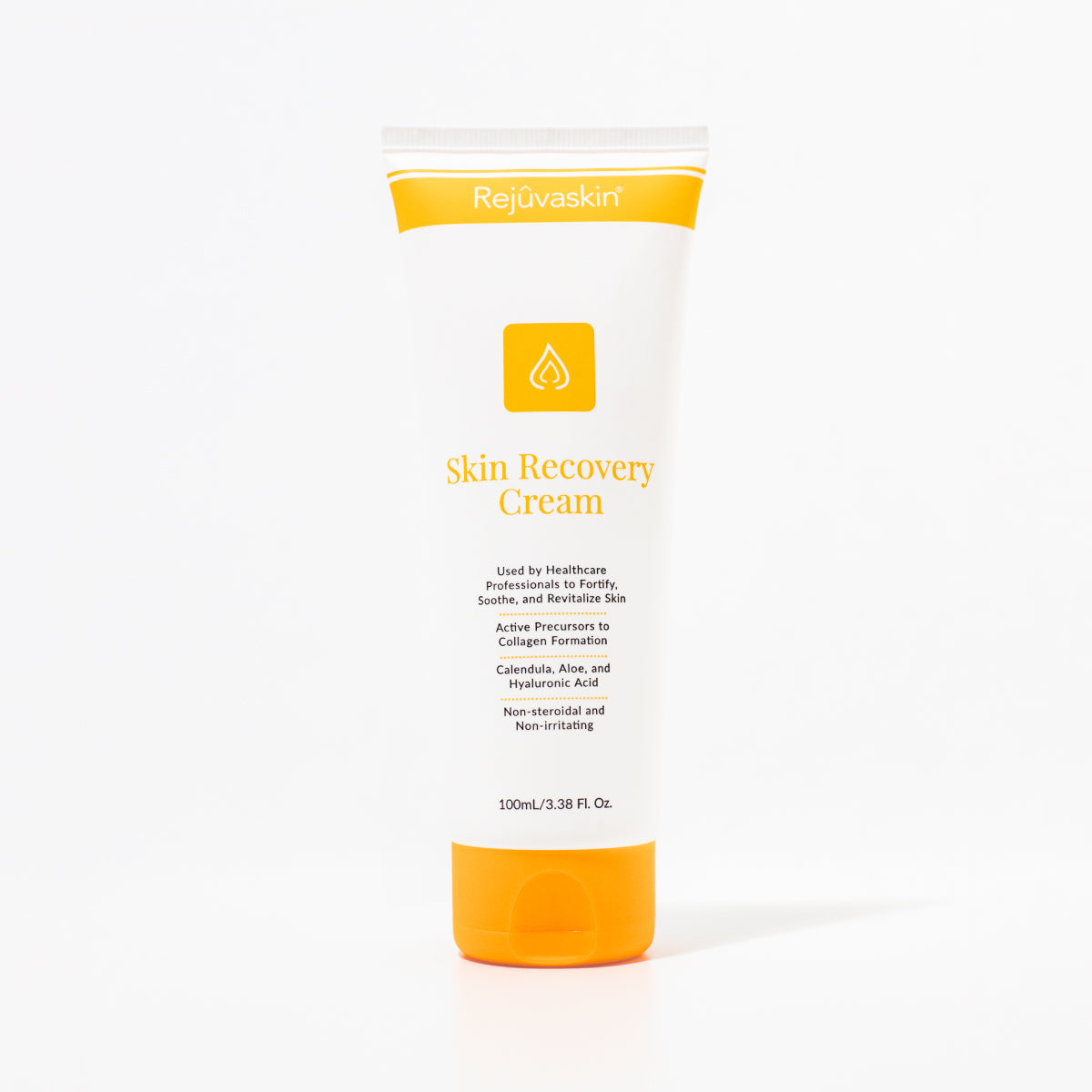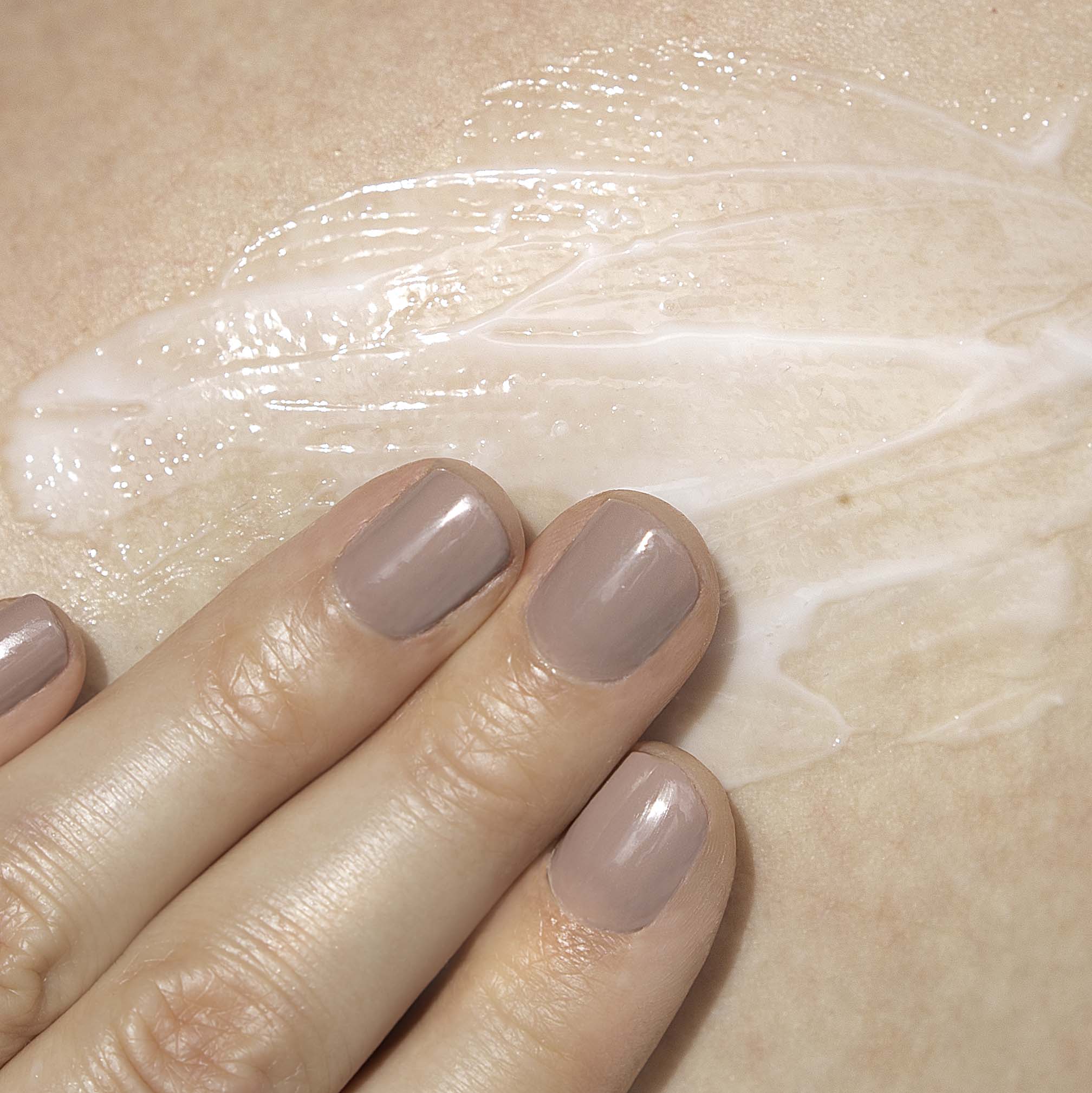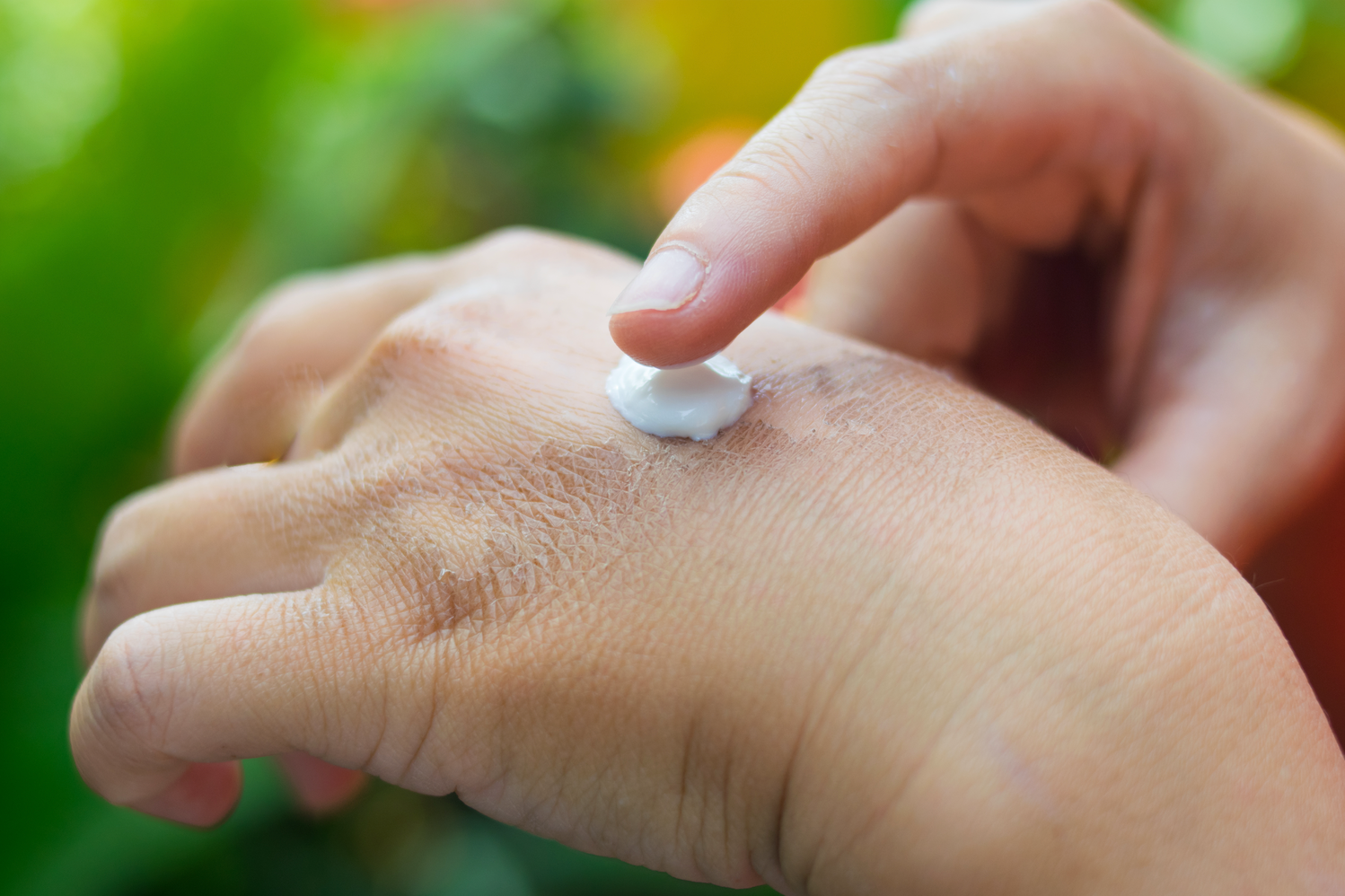Burn wounds are painful, and the healing process is long and can have many repercussions depending on the severity of the burn, including emotional damage and scarring. The scars themselves can be unsightly, painful, and even restrict your movement. Fortunately, these scars don’t have to be permanent, and there are many options for burn scar treatment. To better understand which treatment is right for you, here is some background knowledge on your skin and why burns cause scars:
First, you have to understand your skin.
Understanding burns and how to heal them first requires a basic understanding of what we refer to as skin. The skin is comprised of 3 layers, each of which has different functions. The first layer, the epidermis, is the outermost layer and is the one that we typically think of when we talk about our skin. Its’ purpose is to keep external substances out while keeping your internal substances contained. The next layer, the dermis, is located below the epidermis. It contains important body utilities such as blood vessels, nerves, hair follicles, and sweat glands. The final layer, the subcutis, is located below the dermis and is the deepest below the surface of the skin. This layer is comprised mainly of fat cells, and it serves to conserve body heat and absorb the shock from impacts.
Will my burn result in a scar?
The types of burns parallel the skin’s layers. A first-degree burn occurs when the epidermis is exposed and burned. It will become red and inflamed, and it can be a little painful. First-degree burns typically take 7-10 days to heal and leave no scar.
Second-degree burns occur when both the epidermis and the dermis are affected. Because the dermis contains nerve-endings galore, these can be very painful and sore. The skin becomes extremely red and hot and most of the time blisters form. Depending on the severity of this burn, it typically takes 2-3 weeks to heal completely. It causes the area affected to change color, but this fades over time. It might also cause some scarring.
Third-degree burns occur when all 3 layers of skin are burned and it is the most serious. They aren’t painful because the nerve endings in the dermis are destroyed. Blisters don’t develop and the skin can appear charred or white and waxy. These burns cause serious scarring and the more severe cases need surgery to heal them.
What types of scars are caused by burns?
Treatment of a scar depends on its’ type. Most second-degree burns cause the affected area to color and redden, but this fades over the course of a couple months. The more serious burns leave serious scarring. Keloid Scars are hairless, typically red scars that are raised above the skin. They occur when the protein that creates scar tissue, collagen, is overproduced, causing the skin to protrude. A Hypertrophic Scar also occurs when there is an imbalance of collagen, except it only causes a small protrusion. Instead, the collagen is thickened under the skin and causes movement to be restricted. Skin Contractures, the third kind of scarring most likely to form with burns, occurs when the skin surrounding the wound tightens and shrinks, which causes tightness and restricted movement.
How can I treat a burn scar?
The collagen in that forms scars is active for 2 years; after this activity fades. Getting proper treatment within this window is critical, otherwise the scar will never get a chance to heal fully. Scars created from burns are typically raised from the skin, so lowering them is important to making them less noticeable. Fortunately, there are various scar management products to complete this task. What is referred to as pressure dressings flattens the scars over a period of 6 months or more. A much more popular method is to use products that contain silicon, which when applied correctly takes at least 3 months to be effective. Scar creams for burns are available as well as silicone sheets which are placed on and around the affected area. Corticosteroid injections are inserted in the scar itself, reducing the swelling and lowering the scar, and are designed for keloid and hypertrophic scars. For more serious scarring, medical procedures such as laser therapy and skin grafting may be necessary to ensure that the scar is healed completely.
Fact of the matter is, no one wants to be “scarred for life” so to speak. Fortunately, scars don't have to be permanent; with the proper care they can fade back into your skin and be barely noticeable. Finding the burn scar treatment most appropriate for you is the first step to ensure that your scars heal properly, and when they do not only will you feel better, you’ll look better.
